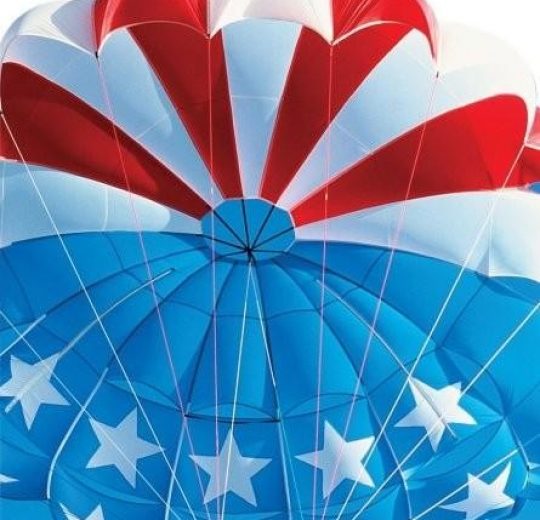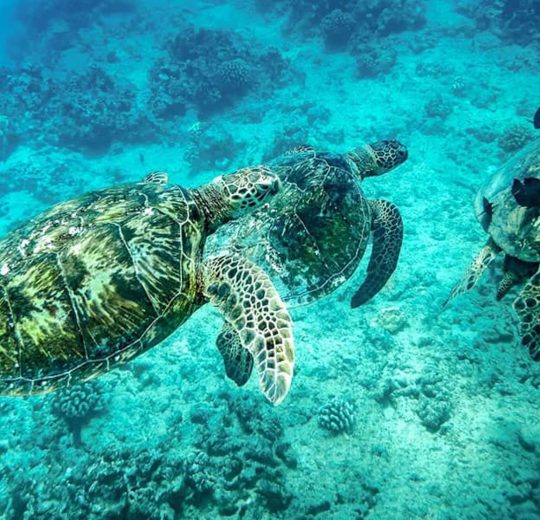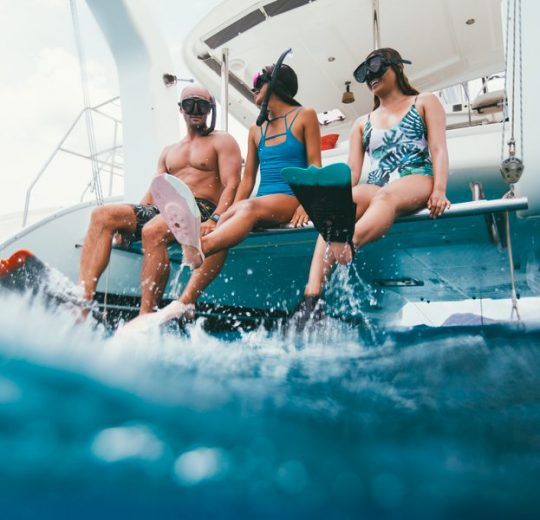Oahu Tours and Activities
THE BEST OAHU TOURS & ACTIVITIES
With Hawaii Tours, create unforgettable memories on the beautiful island of Oahu.
Best Oahu Tours & Activities
We Can Arrange All Your Travel To And From Oahu
We Can Pick You Up & Provide All Your Oahu Transportation
On All Our Tours You Are Treated To A Great Experience
Oahu – The Gathering Isle
Honolulu, the capital of Hawaiʻi since 1850, has grown from a bustling port city to a modern metropolis, home to Iolani Palace and Pearl Harbor. Oʻahu remains Hawaiʻi’s most popular destination, attracting millions each year with its blend of rich history and natural wonders.
Fun Facts About Oʻahu:
- Honolulu is the world’s largest city by borders, stretching 1,500 miles to Midway Atoll.
- Oʻahu boasts over 100 world-famous beaches.
- Iolani Palace is the only royal palace in the U.S.
- The Dole Plantation once supplied nearly 75% of the world’s pineapples.

Oahu Tour & Activity FAQs
What Are The Most Popular Things To Do In Oahu?
What Is The Difference Between Leeward And Windward Sides Of The Island?
The leeward side of the island is the side protected from the prevailing northeastern trade winds and is typically the drier side. The windward side (north and eastern side) is exposed to the prevailing winds and thus is the wetter side which produces lush rainforests and large surf.
How Big Is The Island Of Oahu?
Oahu is 44 miles long and 30 miles wide. It is the third largest island and is 112 miles around. From Honolulu it takes around 40 minutes to get to the north shore or to the west side of the island through the mid island Pali tunnel (depending on traffic).
Are Honolulu And Waikiki The Same?
Waikiki is a neighborhood within the city of Honolulu. It fronts the coastline (beach) of downtown Honolulu.
What Is Oahu Famous For?
Why Is Waikiki Beach Famous?
Which Islands Can Be Seen In A Day?
What Kinds Of Sightseeing Activities Can I Do In Oahu?
Are Honolulu And Waikiki The Same Place?
Where Are The Best Beaches For Calmer Waves?
The south and west-facing shores tend to have smaller waves and calmer waters during the winter months. The north and east-facing shores will have the biggest waves due to currents, winds, and other factors. During the summer months, there are rare occurrences where big swells come up from the south.
























